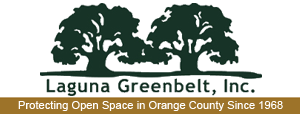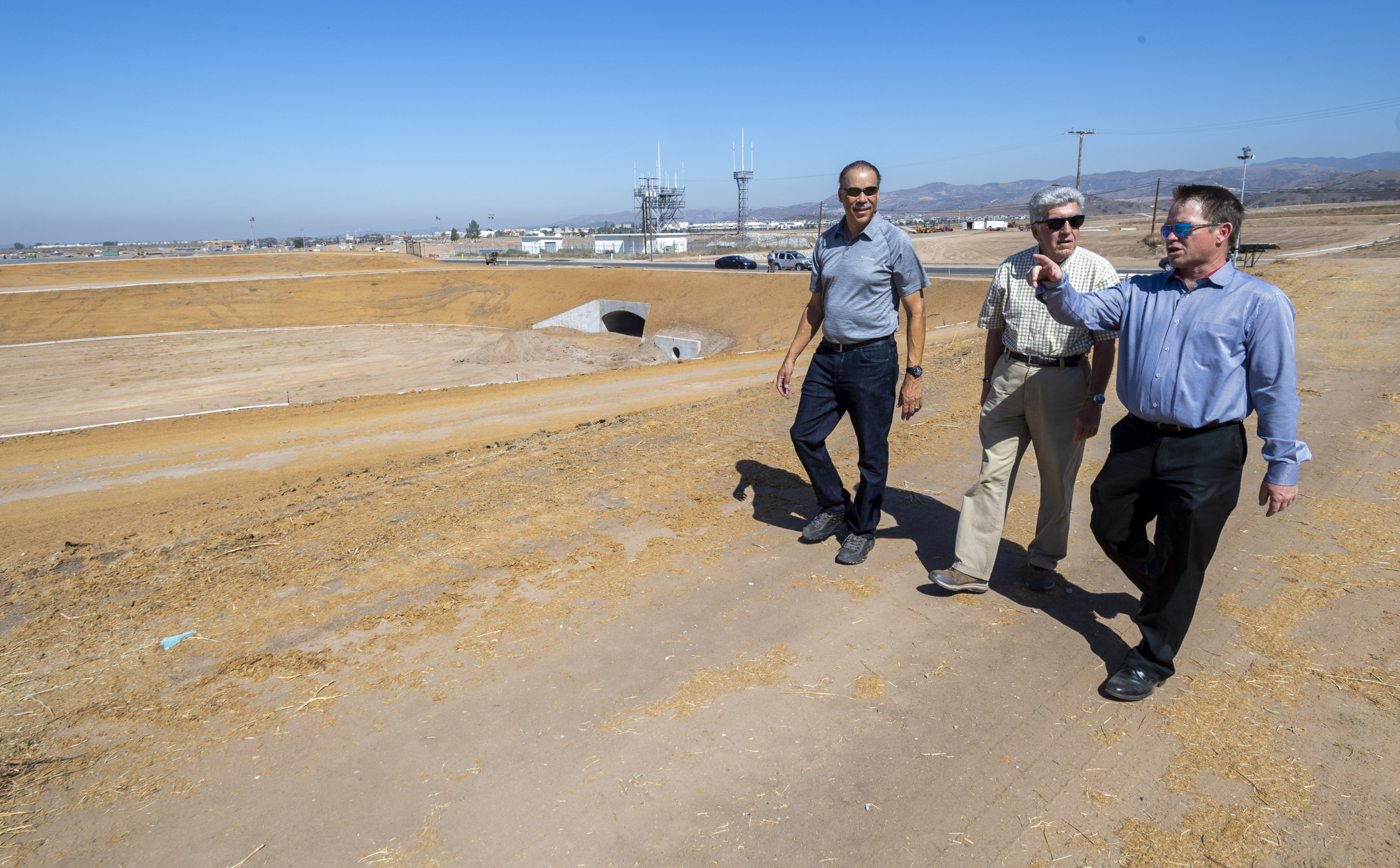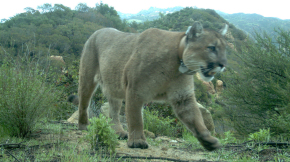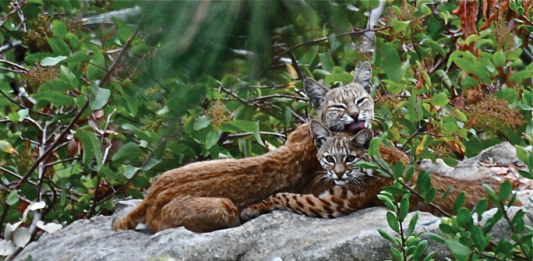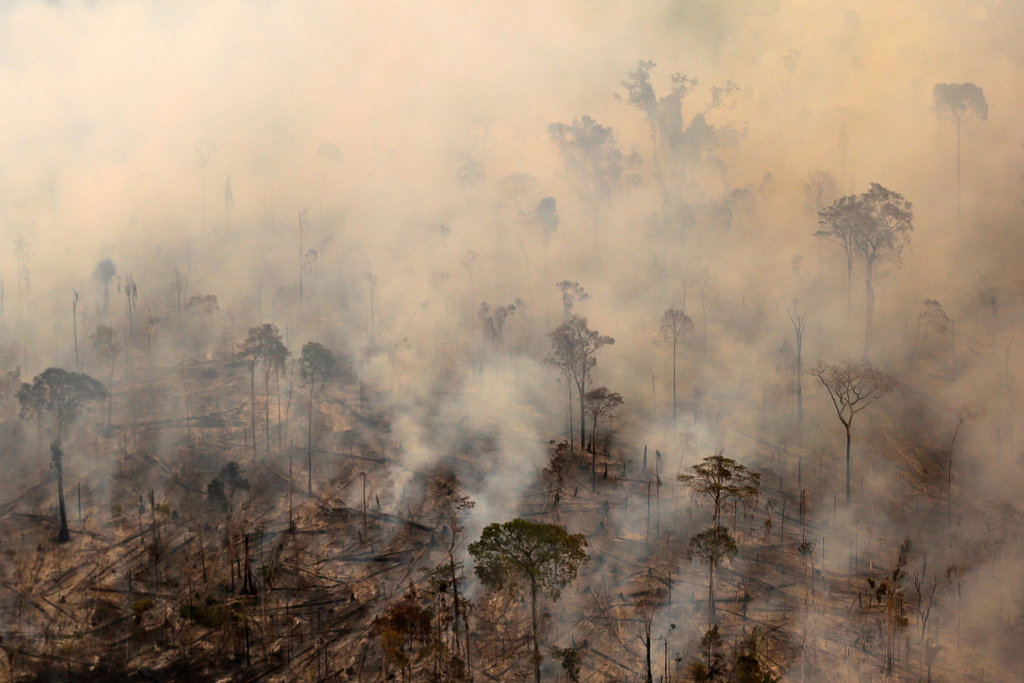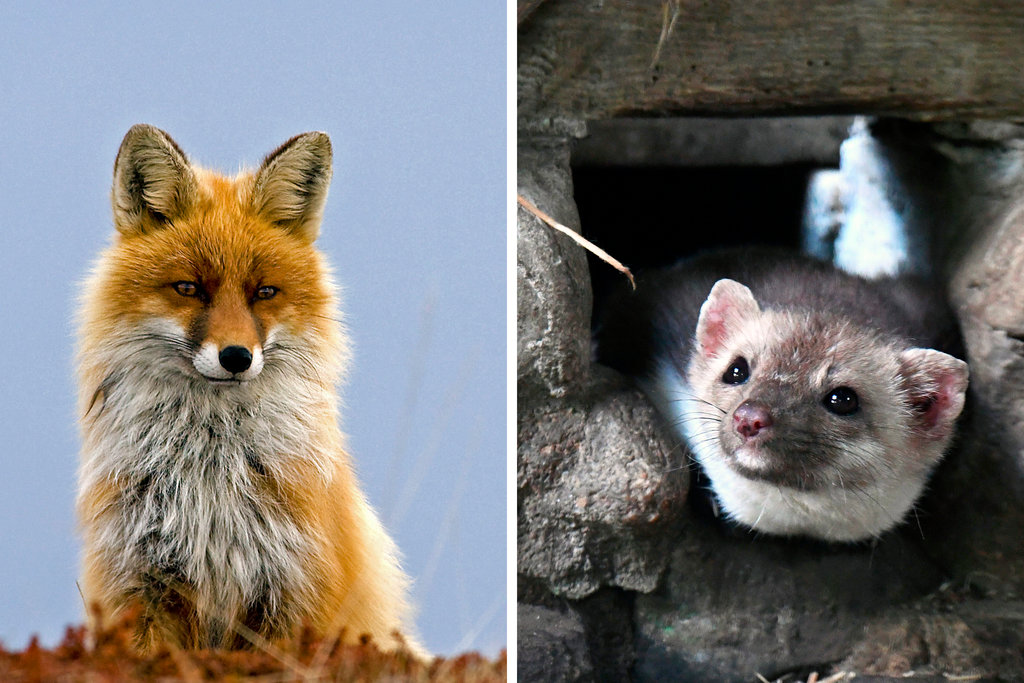
Crucial O.C. Wildlife Corridor hits a Freeway Roadblock
Coastal bobcat and fox survival could depend on a better path for getting to the other side of Interstate 5. Orange County Register 0Comments
Gov. Newsom restricts use of rat poison
Gov. Newsom restricts use of rat poison in bid to protect California mountain lions by: Erika Martin California is restricting the use of a certain type of rat poison that poses a threat to mountain lions and other wildlife under a bill signed into law Tuesday by Gov. Gavin Newsom. The California Ecosystems Protection Act (AB 1788) prohibits the use of second-generation anticoagulant [...]
Laguna Greenbelt Taps Advisory Group
By Daniel Langhorne Laguna Greenbelt, Inc. has launched a 12-member Science Advisor Group to serve as technical advisors to complete the Irvine-Laguna Wildlife Corridor, one of the country’s first urban wildlife corridors. Group members specialize in wildlife biology, wildlife corridor design, and wildlife-related public policy. They’ll advise Laguna Greenbelt on scientific research, design improvements to the Corridor, and … Continue readingLaguna Greenbelt [...]
Wildlife corridor at Orange County Great Park
Wildlife corridor at Orange County Great Park in Irvine unveiled, expected to fill missing link between mountains, coast IRVINE — Bobcats, coyotes, California gnatcatchers and other wildlife species will soon have a way to move safely between the Santa Ana Mountains and the coast. The public, for the first time on Tuesday, March 13, had a chance to look at a [...]
Stitching Together Forests
Stitching Together Forests Can Help Save Species, Study Finds By Brad Plumer August 21, 2017 As the world’s forests are carved up by roads and farms, the animals in them are vanishing. A simple fix may help.
Lyme Disease’s Worst Enemy? It Might Be Foxes
Lyme Disease’s Worst Enemy? It Might Be Foxes By Amy Harmon August 2, 2017 New data suggests the rise of Lyme and other tick-borne diseases may be tied to a scarcity of traditional mouse predators.
Laguna Greenbelt, Inc. In The News
Laguna Beach High School senior student Tess Booth is the future of Laguna Greenbelt, Inc.
Laguna teen engages a new generation of environmental stewards
Human activity in wildlife corridor hinders animals’ movement, Laguna Greenbelt study says
ABC7 Video: Improvements to wildlife corridor could help protect OC wildlife from extinction
Brown and Worrel: A Bird’s Eye View of Irvine’s Disputed Veteran’s Cemetery
Commentary: Coast to Cleveland corridor brings connectivity to wildlife. November 27, 2015
California Legislature Passes Bill to Protect Wildlife From Super-toxic Rat Poisons
Laguna Beach to sue county over development plan in Irvine
Court Rules Monterey County’s Federal Animal-killing Contract Violates Law. Find Ruling Here.
Lions of Los Angeles – New Yorker
Land purchase connects two state parks in San Diego County.
Wildlife overpass to be built in Los Angeles.
Evidence that corridors boost biodiversity.
Corridor Newsletters and Periodicals
Conservation Corridor. Digests, podcasts, and toolboxes covering the science, management, and climate change implications of wildlife corridors around the world.
Corridor Initiatives
Tenaja Corridor and Santa Margarita Ecological Reserve
Yellowstone to Yukon Conservation Initiative. A joint Canada-U.S. not-for-profit organization that connects and protects habitat from Yellowstone to Yukon so people and nature can thrive.
Florida Wildlife Corridor. A conservation advocacy organization focused on connecting, protecting and restoring corridors of conserved lands and waters essential for the survival of Florida’s diverse wildlife.
Wildlife overpass to be built in Los Angeles. CalTrans partners with local legislators and nonprofits to plan the largest wildlife crossing bridge in the nation.
Pajaro River restoration near Gilroy, California. Restoration of a river that once connected millions of acres of open space and three mountain ranges.
Government
Hillside Open Space Education Coalition. Preserve open space and wildlife corridor along the hills bordering Orange and Los Angeles Counties.
California Essential Habitat Connectivity Project. California Department of Fish and Widlife
AB 498. State of California Wildlife Conservation – Wildlife Corridors
Western Wildlife Corridors Council
Scientist Websites and Blogs
Kevin Crooks, Ph.D. Colorado State University
Laurel Serieys, Ph.D – Urban carnivores in Southern California
Laurel Serieys, Ph.D Caracal research in Cape Town, South Africa
Dr. Lenny Vincent – Biologist, Fullerton College (Spiders)
Do Corridors Work? Open call for study sites at least 500m long.
Cougar Network Research (Clay Nielsen and Michelle LaRue)
http://www.wildlifegenetichealth.org
Like-Minded Organizations
Natural Communities Coalition. An organization that coordinates the land management, monitoring and research across the nearly 38,000 acre Natural Community Conservation Plan/Habitat Conservation Plan (NCCP/HCP) for the Central and Coastal Subregion of Orange County, California.
Citizens for Los Angeles Widlife. CLAW promotes, educates and protects the fundamental importance of wildlife, wildlife habitats and wildlife corridors in Los Angeles.
Pathways for Wildlife. A research organization specializing in identifying, monitoring, and implementing connectivity designs for wildlife movement within a landscape.
Southern California Wildlands. A nonprofit working to develop and implement regional conservation strategies.
National Wildlife Federation. A nonprofit organization working to provide pathways that wildlife can use to cross vast expanses of key habitat.
The Nature Conservancy. A nonprofit that supports several corridor projects worldwide.
Tools
Center for Demographic Research (CDR) at Cal State Fullerton. Provides accurate and timely data for demographics in Orange County.
Corridor Design (GIS tools and information for designing wildlife corridors)
Western Association of Fish and Wildlife Agencies Crucial Habitat Assessment Tool (CHAT)
Studies of Note
Researchers, using new techniques, have discovered that species diversity is necessary for a healthy ecosystem. Integrated Modeling Reveals Mechanisms Linking Productivity and Plant Species Richness. 2016. James B. Grace, et. al. Nature 529, 390–393. http://www.nature.com/nature/journal/v529/n7586/full/nature16524.html.
Analysis of Bobcats in Urban Areas of Orange County, California. 2013. (Master’s Thesis, University of Redlands). Retrieved fom http://inspire.redlands.edu/cgi/viewcontent.cgi?article=1215&context=gis_gradproj
Evaluation of Functional Connectivity for Bobcats and Coyotes at El Toro Marine Base. 2007. Lisa Lyren (USGS) et al. (PDF)
Managing for Climate Change within Protected Area Landscapes. 2009. David Olson et al. Natural Areas Association. doi: http://dx.doi.org/10.3375/043.029.0406 (PDF)
Recreation and large mammal activity in an urban nature reserve. 2005. Shalene George and Kevin Crooks. doi:10.1016/j.biocon.2006.05.024
Behavioral Responses of bobcats and coyotes to habitat fragmentation and corridors in an urban environment. Lourraine Tigas et al. BioCon.2002. doi:10.1016/S0006-3207(02)00120.9
Missing linkages: Restoring Connectivity to the California Landscape. 2000. USGS, CA State Parks, The Nature Conservancy, et al (PDF)
Wildlife Vehicle Collision Reduction Study. Report to Congress. 2008 USDOT (PDF)
Disease and freeways drive genetic change in urban bobcat populations. 2015. Laurel E.K.Serieys et al (PDF)
